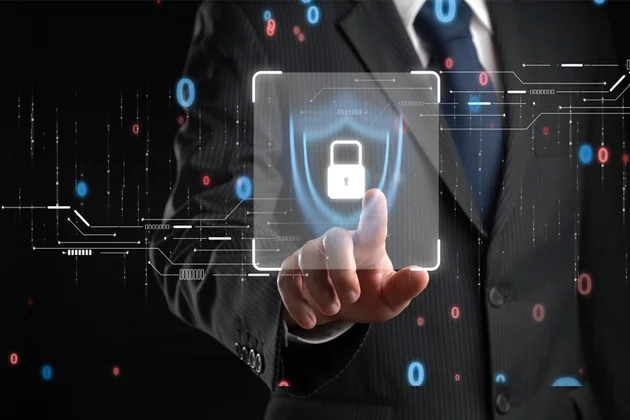Information security is more important than ever in technology and online communication. Threats from cyber attacks are a significant concern for businesses worldwide. An effective plan for reacting to incidents can reduce these risks. This guide discusses the components of establishing a robust cybersecurity system.
Exploring Incident Response
Addressing and managing a security breach’s aftermath involves an incident response approach. The main aim of this approach is to minimize damage and costs while effectively reducing recovery time in handling situations like malware infections or data breaches.
Recognizing Key Elements
Creating incident response frameworks requires a pivotal element. First, a well-defined policy must clearly lay out the procedures and roles involved. Next, an incident response team comprising experts from different areas within the organization must be assembled to handle incidents thoroughly. Lastly, establishing a communication plan is crucial to keeping all stakeholders updated and informed throughout the incident management process.
Establishing Detection Systems
Detective work in cybersecurity is crucial for limiting the harm caused by incidents that arise early on the scene. Strong defense tactics like intrusion detection systems and ongoing surveillance are key in spotting dangers. Keeping software up to date is vital to shield systems from known weaknesses. In addition, training staff is essential for detecting threats and enabling employees to respond efficiently.
Crafting Ways to Handle Responses
After implementing detection measures within their systems or processes, companies must establish protocols for handling threats effectively and efficiently. This includes detailing the necessary actions upon detecting a threat, assigning specific roles and responsibilities to team members to clarify duties during a security incident, and conducting regular practice exercises and simulations to fine-tune these protocols for timely and effective responses when actual threats arise.
Carrying Out an Examination
Following the resolution of an issue or situation, it is crucial to carry out an evaluation. This process includes examining the occurrence to grasp its nature and how it was managed. Recognizing areas of improvement in the reaction enables enhancements to be made in strategies. Recording the event and the actions pursued offers valuable perspectives and assists in honing the structure.
Establishing a System for Ongoing Feedback Loop
It is crucial to establish a feedback mechanism to maintain the efficiency of the incident response framework in organizations. Regular evaluations and revisions of the framework are essential to ensure its relevance and effectiveness in tackling emerging threats. By drawing insights from incidents and integrating them into the strategy, the overall resilience of the approach is enhanced and better prepared to thwart future cyber attacks.
Making Sure Communication is on Point
Effective communication is crucial in handling cybersecurity incidents as it keeps all parties informed and involved in the process. It fosters trust with clients and partners by minimizing confusion through established communication channels, both internally and externally. Timely updates and transparency can limit any harm to reputation.
Harnessing the Power of Technology
In today’s age, technological resources are available to aid in handling incidents effectively. Companies should explore using automation to simplify response procedures and minimize human mistakes. Platforms that offer threat intelligence play a significant role in identifying risks ahead of time, enabling preemptive actions. Furthermore, allocating resources towards security information and event management (SIEM) systems can improve the efficiency of incident detection and response efforts.
Fostering a Community of Security Awareness
Fostering a company’s security awareness culture is crucial for an effective incident response system to succeed. Providing training and workshops educates employees about risks and how to handle them efficiently, promoting a proactive security mindset where everyone contributes to safeguarding the organization’s resources.
Getting Ready for Regulatory Obligations
It’s essential to grasp the regulatory rules during a cybersecurity breach situation. Companies must be aware of the laws and regulations to stay compliant. Seeking advice from professionals can assist in understanding the requirements and preventing possible fines. Planning for these factors can simplify the response to incidents and alleviate pressure in scenarios.
Conclusion
Building an incident response framework is crucial for any organization looking to safeguard its resources effectively. By concentrating on element detection techniques and communication plans, companies can establish a defense against online risks. Continual enhancement and fostering a culture of security consciousness also enhance the framework, guaranteeing readiness for any circumstance. Putting these tactics into action now can secure the longevity of any business.










